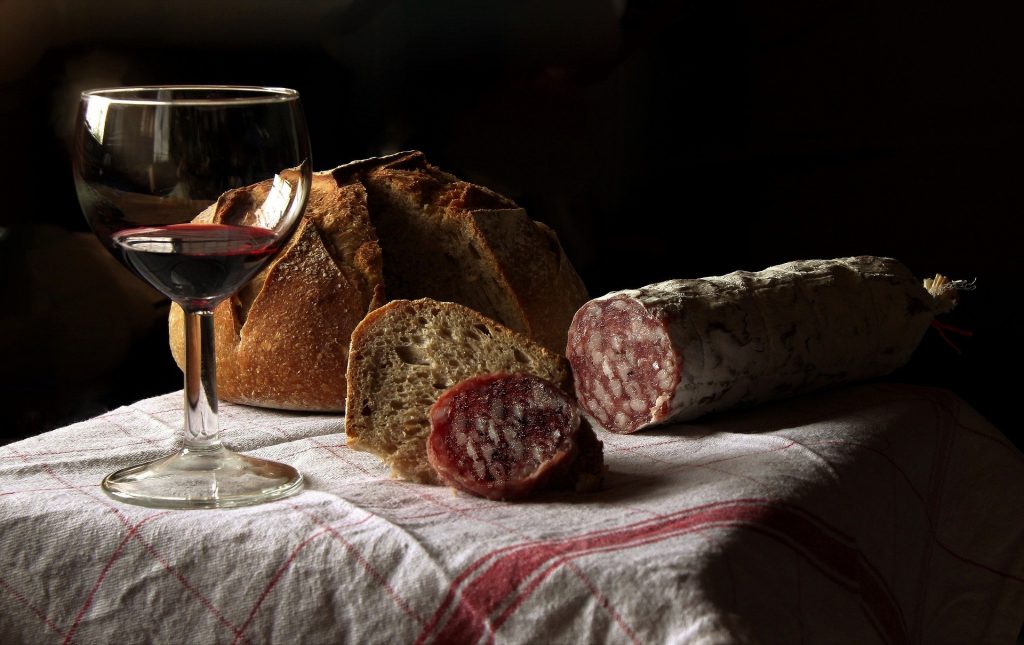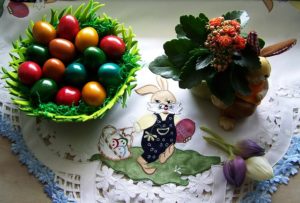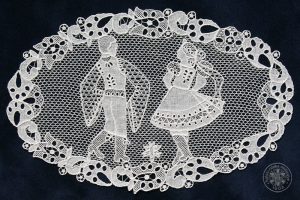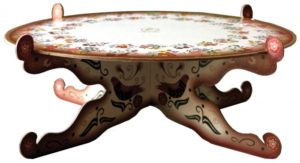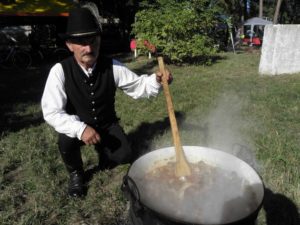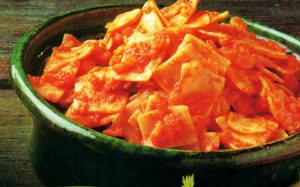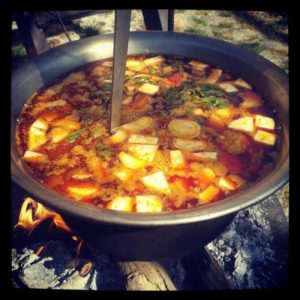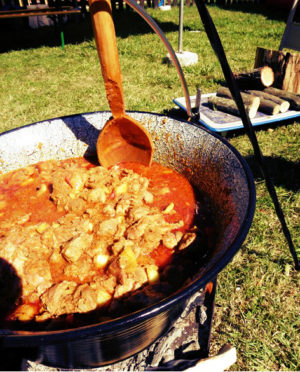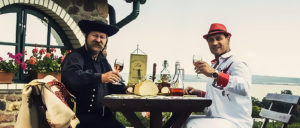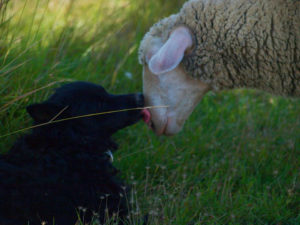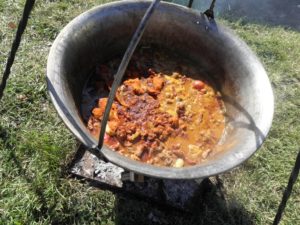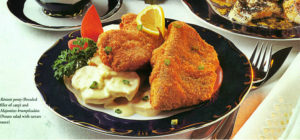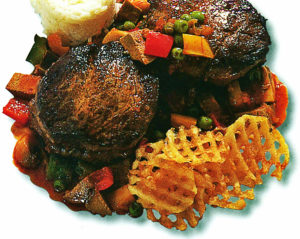Bull’s blood – Eger wine
At the foot of the Bükk mountains lies the town of Eger, one of the most beautiful and most frequently visited in Hungary. Its attractions include not only its history and artistic sights, but its world-famous wines, Egri Bikavér and Egri Leányka.
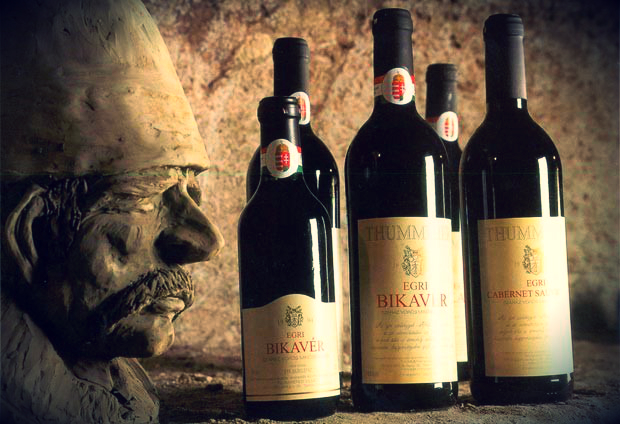
The wine must bear the state-registered band around the neck, and cannot be sold without it. This was introduced to guard against imitations; it is the guarantee that this bottle of Bull’s Blood genuinely comes from Eger. The region has other excellent wines to offer, apart from Bull’s blood. These include Egri Medoc Noir and Egri Tramini Egri Leányka in particular, an outstanding white wine, deserves attention. The Hungarian grape variety Leányka (meaning “maiden”), which is found only in this area, ripens early.
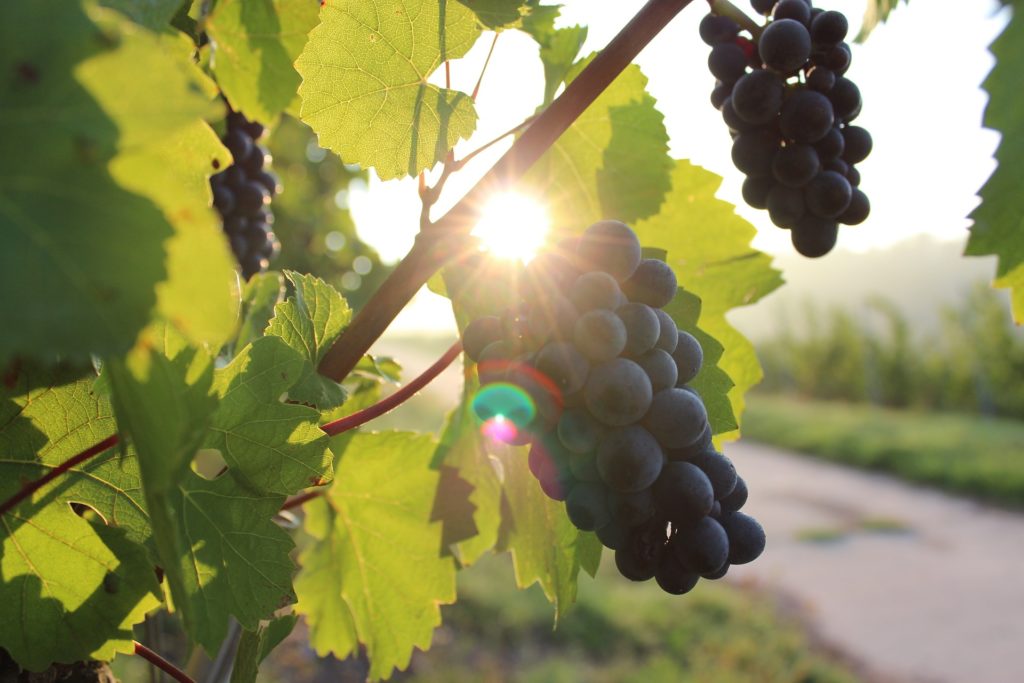
It is said of the winemakers of Eger that they would be quite happy to spend their entire free time in the wine cellar. There used to be a special reason for this, up until about 30 years ago: it was considered improper for their wives to cross the threshold, so they werre forbidden to do so.
This provided a little peace for the men, whose wives could only stand at the door and try to persuade them to come home. Many visitors to wine cellars take the opportunity of enjoying an extensive wine-tasting session. The winemaker pipettes the wine from the cask into glasses, then waits to see if more of that wine is wanted, or if it is time to proceed to the next cask.



